Artic’s sea ice has been shrinking decade after decade with a rate of around 13% since the late 1970s. These icy places provided a natural and essential habitat for polar bears, seals, and walruses but keep melting because of global warming.
The polar bears rely on the ice to hunt for the seals. Unfortunately, as the caps break up, the bears are forced to travel longer distances than usual or even onto the shore, where it becomes harder to feed their young.
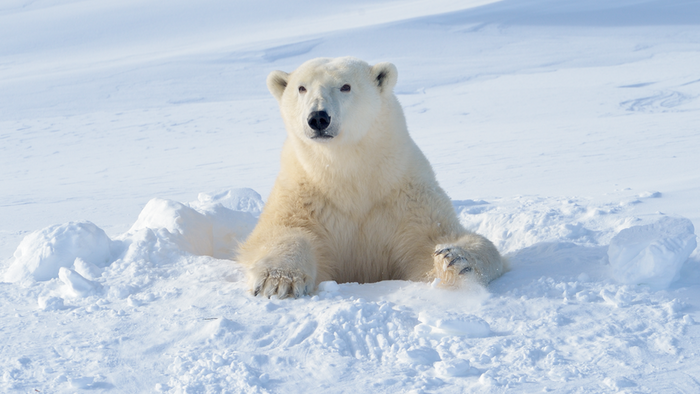
International Union for Conservation of Nature (IUCN) has listed polar bears as vulnerable for extinction. Dr. Peter Molnar of the University of Toronto in Ontario, Canada, has dubbed them the “poster child for climate change… polar bears are already sitting at the top of the world; if the ice goes, they have no place to go,”.
A study estimated the timeline of the bears’ endurance in the coming decades, looking at the impact of declining sea ice versus their capability to survive.
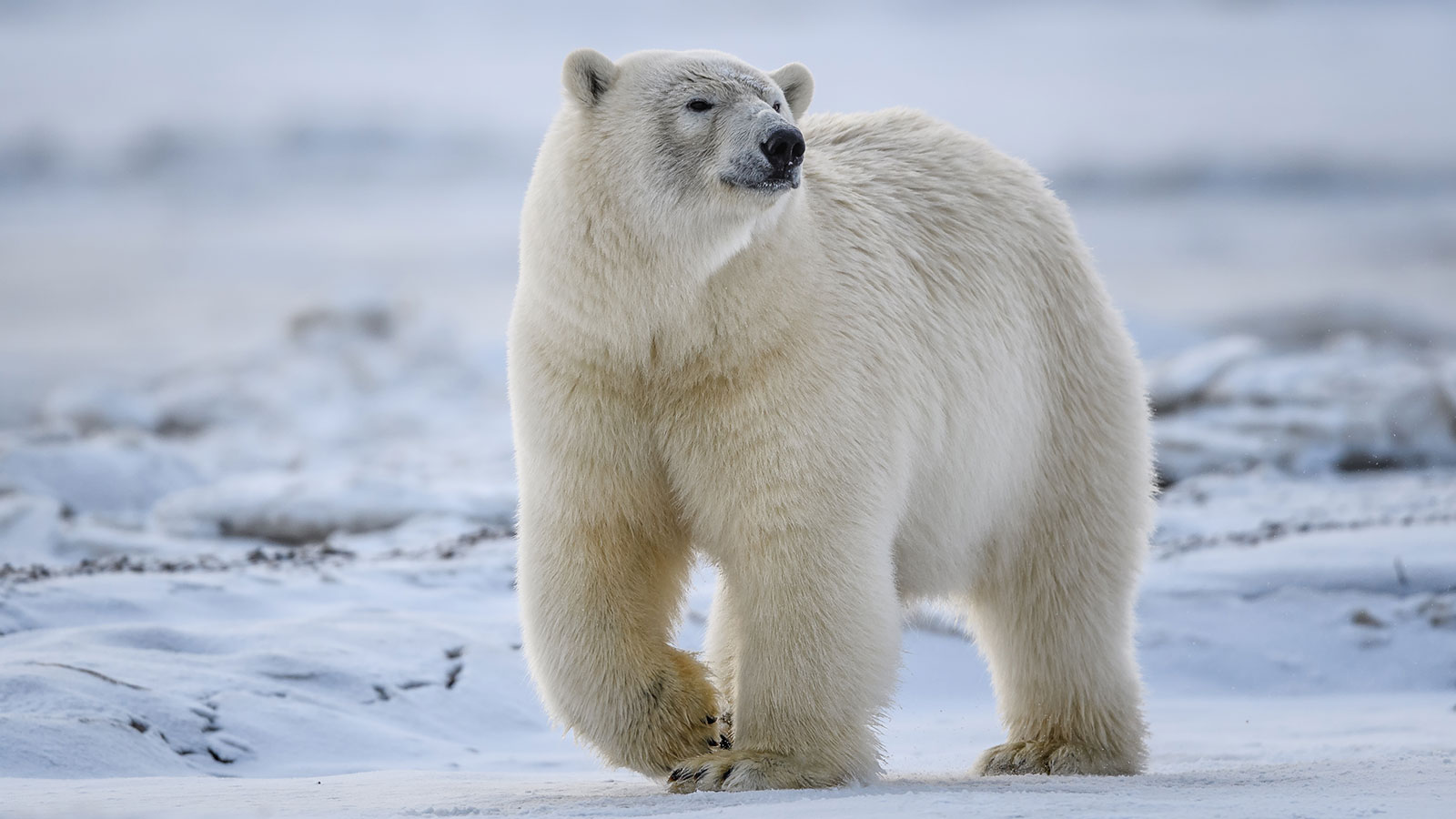
“What we’ve shown is that, first, we’ll lose the survival of cubs, so cubs will be born but the females won’t have enough body fat to produce milk to bring them along through the ice-free season. Any of us know that we can only go without food for so long… that’s a biological reality for all species.” said Dr. Steven Amstrup, a chief scientist of Polar Bears International who was also involved in the study.
The study also talked about how polar bears will be completely gone by the year 2100. Some groups already reached their limits in some areas in the Arctic.
Amstrup mentioned that “Showing how imminent the threat is for different polar bear populations is another reminder that we must act now to head off the worst of future problems faced by us all. The trajectory we’re on now is not a good one, but if society gets its act together, we have time to save polar bears”.
According to Amstrup, efforts in fighting climate changes won’t just help stabilizing numbers of polar bears, also will benefit the rest of life on the Earth, including ourselves.

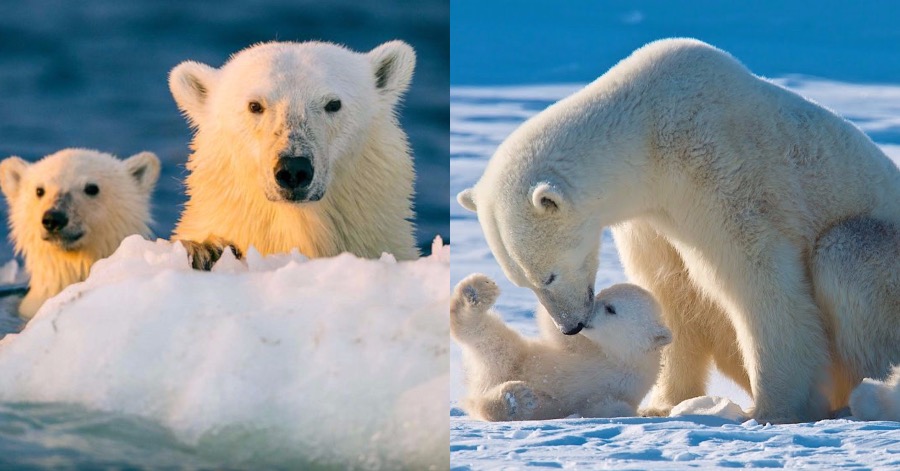

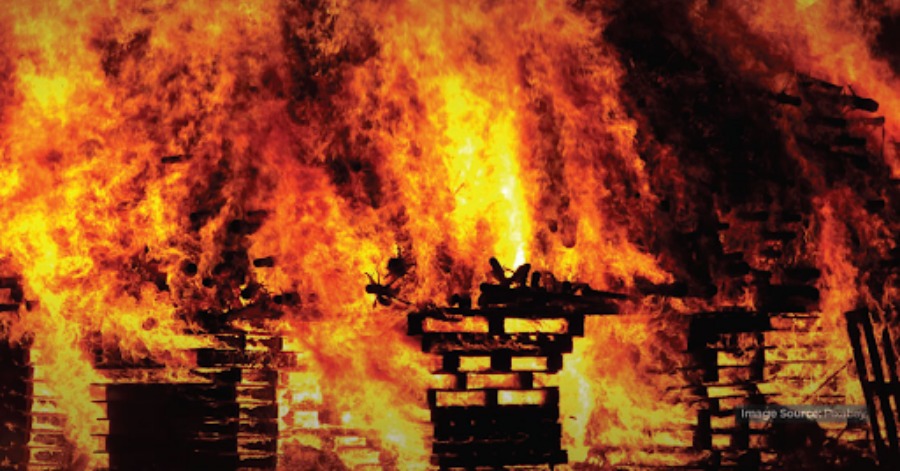
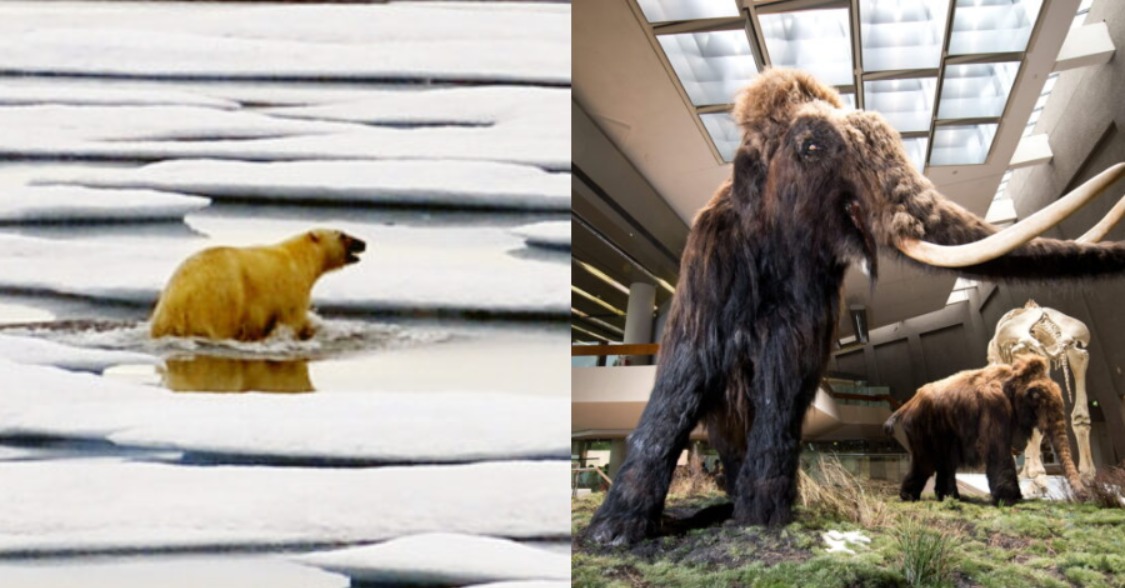
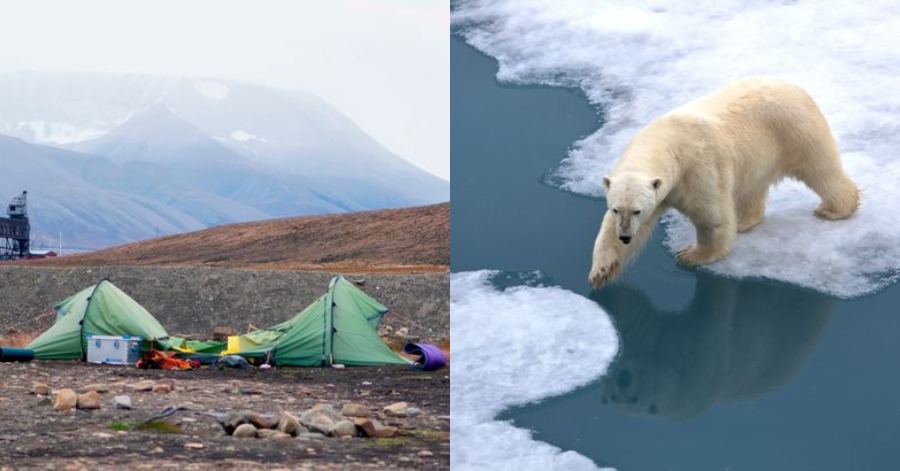
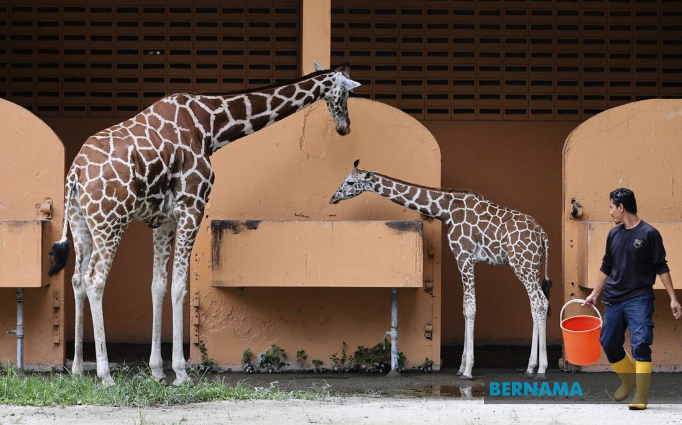
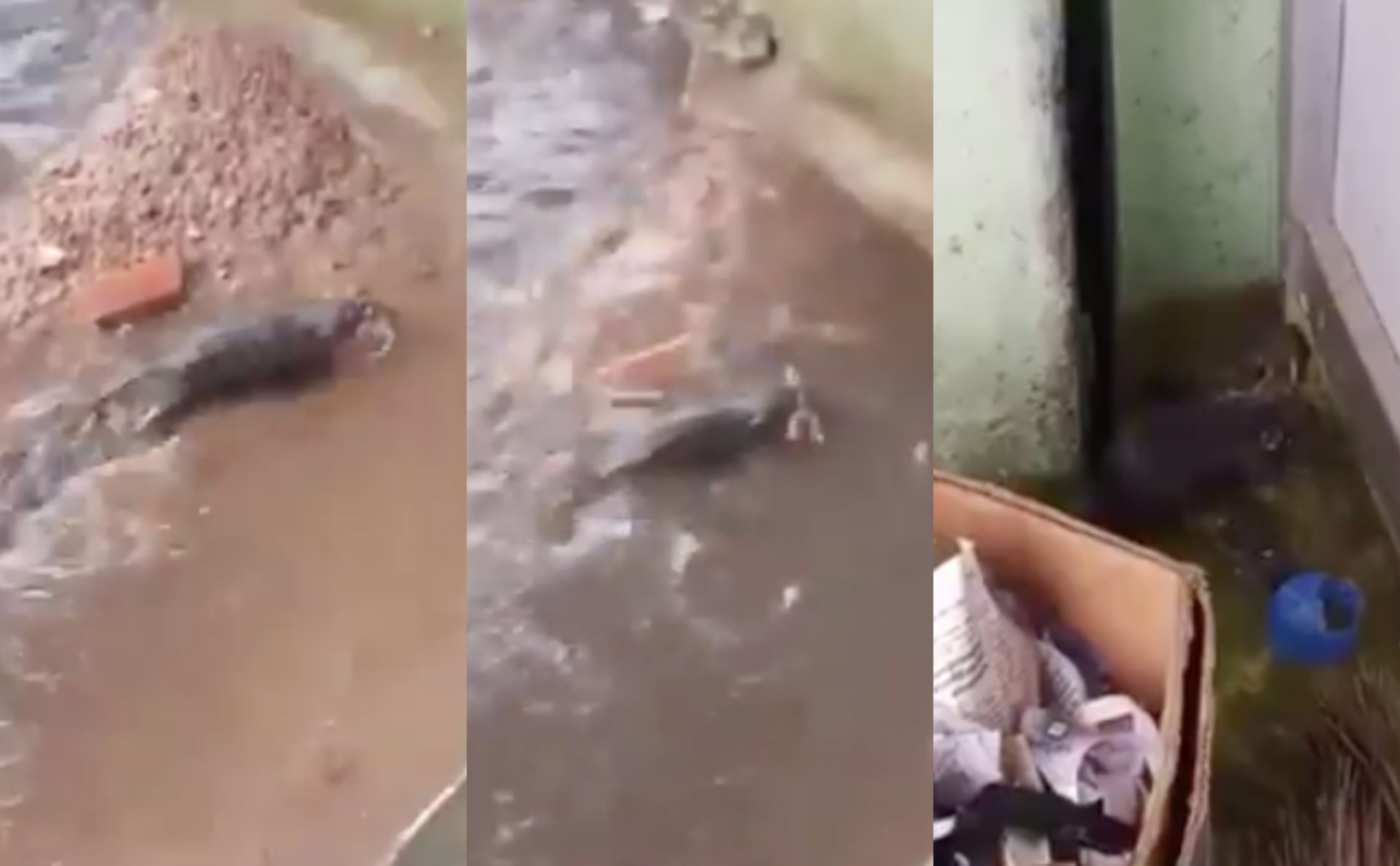
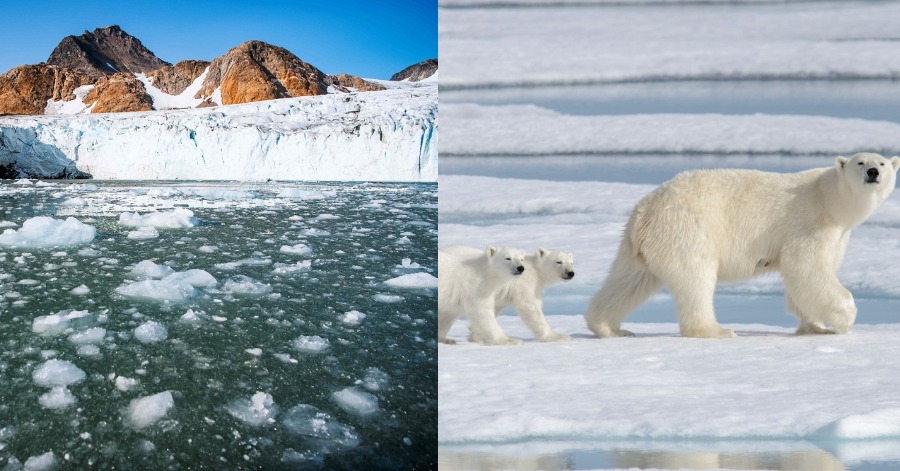
Leave a Comment